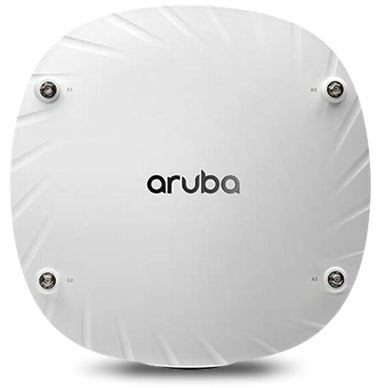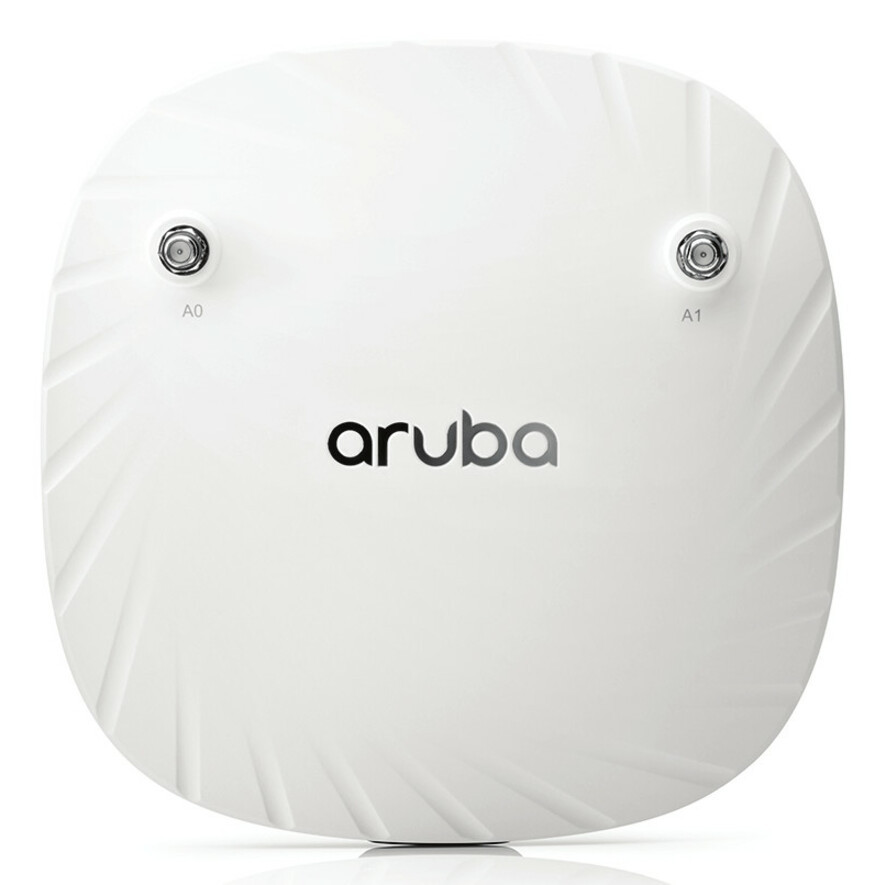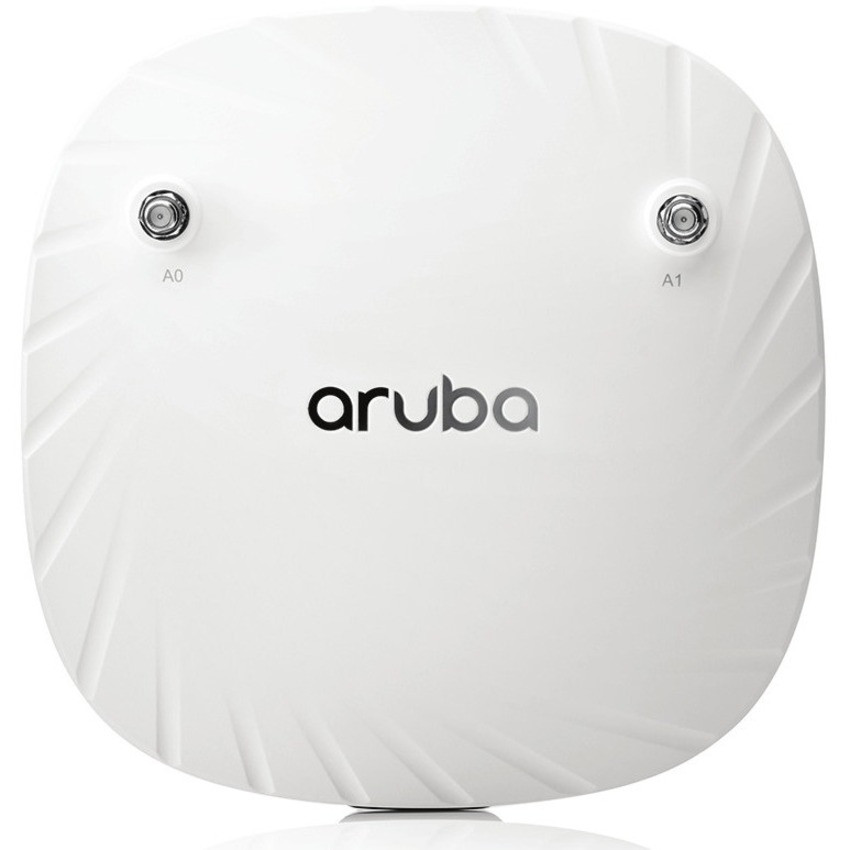Description
The Aruba AP-504 WiFi-6 Wireless Access Point is a flat-out cost-effective 802.11ax device. Part of the 500 series along with the AP504, it’s a Gigabit ethernet access point that simultaneously serve multiple clients and traffic types in dense environments. And, it boosts overall network performance by up to 400% compared to 802.11ac APs.
Features
The Aruba AP504 features OFDMA, providing groundbreaking wireless capabilities for budget-conscious deployments. This allows the AP504 to handle multiple Wi-Fi 6 clients on each channel simultaneously. It doesn’t matter what device or traffic type.
Channel use is optimized by handling each transaction via smaller sub-carriers or resource units. This means that clients are sharing a channel and not competing for airtime and bandwidth. The 500 series are dual-radio, 2×2:2 MIMO indoor Wi-Fi 6 devices.
The 5GHz radio acheives up to 1.2 Gbps wireless data rate, and the 2.4GHz radio gets up to 287 Gbps. You can get up to 256 associated client devices per radio.
The differences between the Aruba AP504 and the AP505 is the antennas. The AP 504 has two (female) RP-SMA connectors for external dual band antennas (A0 and A1, corresponding with radio chains 0 and 1). The AP505 has two integrated dual-band downtilt omni-directional antennas. They get 2×2 MIMO with peak antenna gain of 4.9dBi in 2.4GHz and 5.7dBi in 5GHz.
Built-in antennas are optimized for horizontal ceiling mounted orientation. The downtilt angle for maximum gain is roughly 30 degrees.
And Corporate Armor gives you uninterrupted 5-star service and years of specialization in Aruba’s whole family of products. So call us at 877-449-0458, or email us with any and all questions. Datasheet
Aruba AP-504 WiFi-6 Wireless Access Point highlights
- Choice of operating modes; Controller mode, and Aruba Instant mode
- 1.49 Gbps maximum real-world speed
- Built-in technology that resolves sticky client issues for Wi-Fi 6 and Wi-Fi 5 devices
- IoT-ready Bluetooth 5 and Zigbee support
- OFDMA and MU-MIMO for enhanced multi-user efficiency



